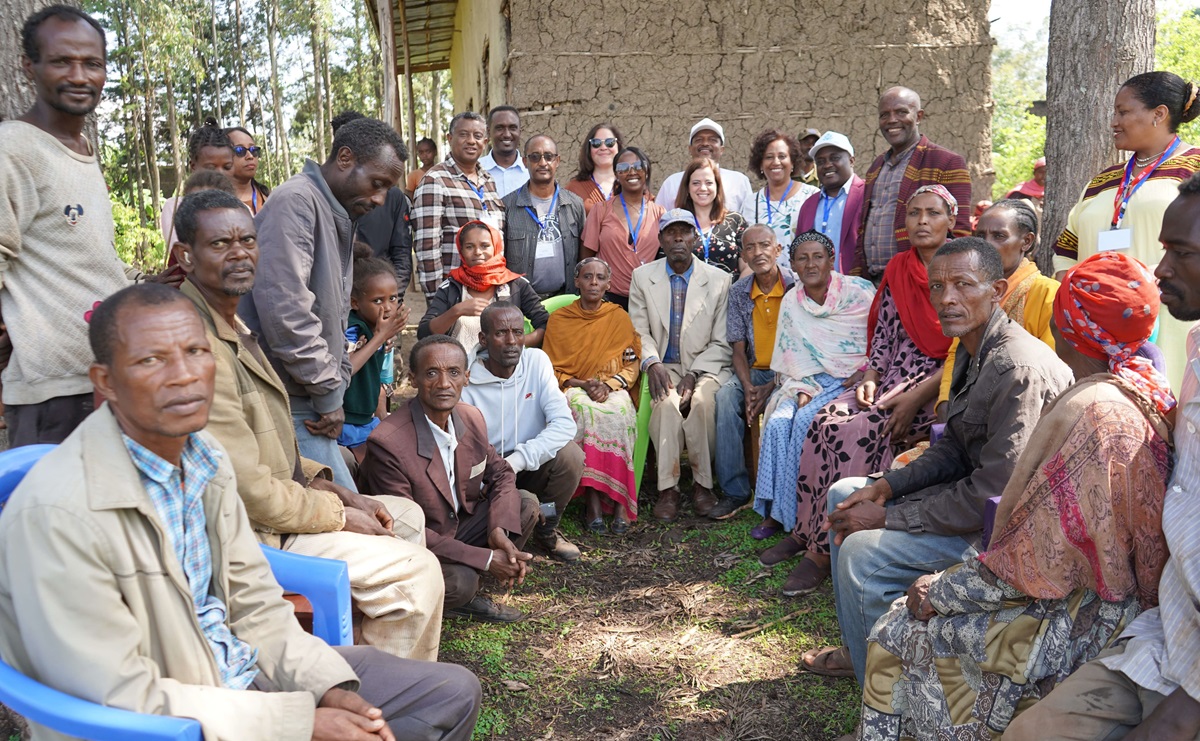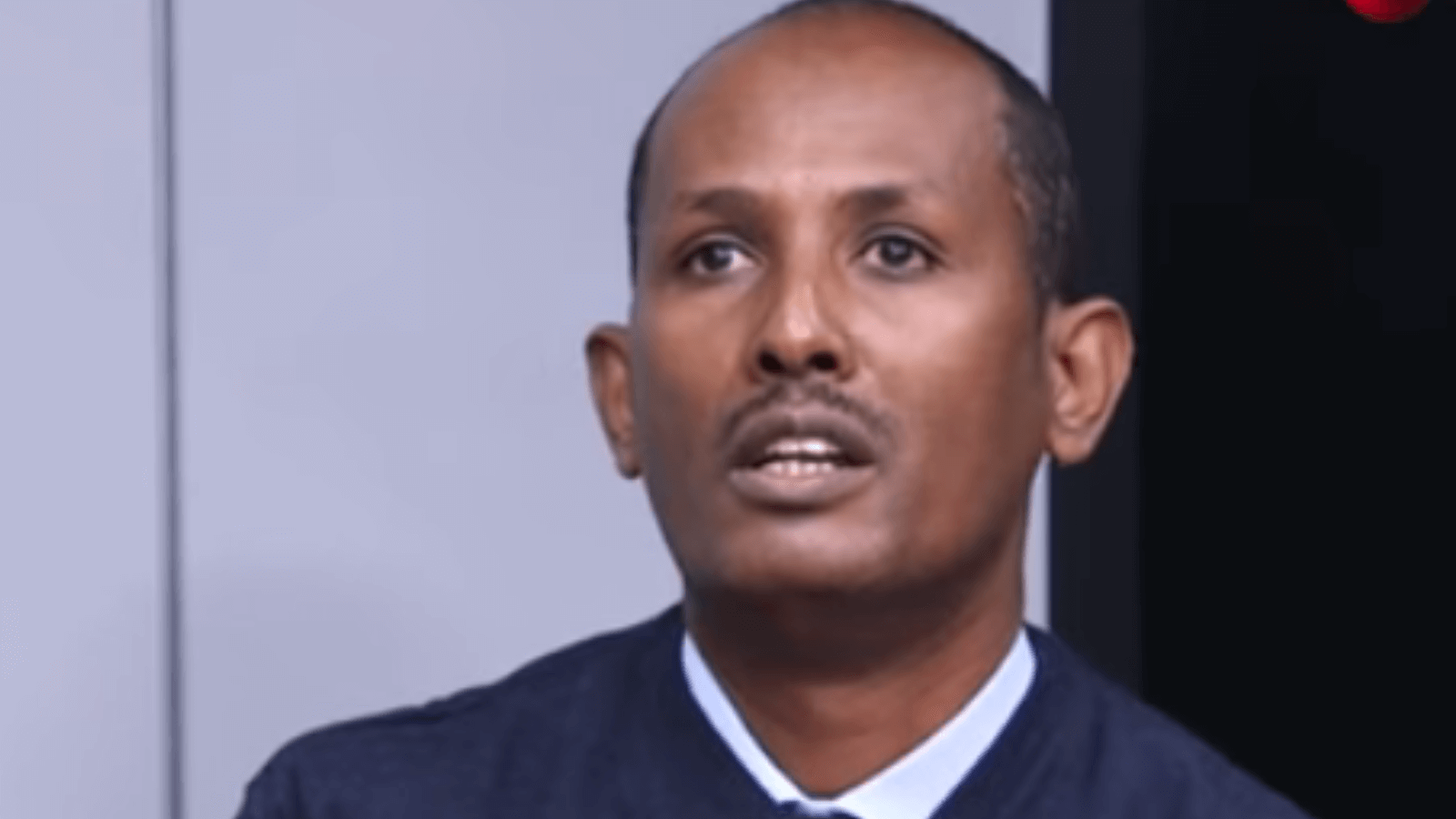News: More than 30,000 civilians displaced from violence hit East Wollega districts endure dire humanitarian crisis

By Getahun Legesse @Birmaduu2
Addis Abeba – Civilians from the towns and villages of Gida Ayana and Kiramu districts of East Wollega Zone, in western Oromia who fled their homes due to the recent violence are going through dire humanitarian crisis, a local official and a resident told Addis Standard. More than 30, 000 internally displaced civilians are stranded in Gida town of Gida Ayana district without access to food, water, shelter and medical services.
Administrator of Gida Ayana district Ijigu Gudeta said an estimated 16,000 people displaced from several villages of Gida Ayana district and additional 15,000 from Kiramu district are sheltered in schools in Gida town. Some of the residents have also fled to as far as Ambo City and other nearby localities, he added.

“The IDPs include children, expectant and lactating mothers and elders who need immediate assistance. Residents of the town are providing them with Injera [flat bread] and drinking water. However, this will never be sufficient to either feed or satisfy basic needs of all these population,” Ijigu told Addis Standard.
The government humanitarian service providers are unable to operate in the area due to volatile security situations as fighting has continued in parts of Kiramu district, according to Ijigu.
A resident of Gida Ayana who spoke to Addis Standard on conditions of anonymity, corroborated that neither the government nor aid agencies have been unable to provide assistance to the displaced victims.
They do not have food to eat, pocket money or shelters. Some have camped in schools in the town while others are staying at individuals in some houses in groups. They do not have access to water and sanitation. Majority of them have no mattress and bed sheets,” the resident said.

Similarly, more than 4, 000 civilians from the Amhara community who fled earlier attacks in Kiremu district and trekked to Bahir Dar City, the capital of Amhara regional state, after enduring days of suffering are in need of urgent aid. The residents say they reached Bahir Dar after three days of travels on foot fleeing attacks perpetrated against them by the rebel group Oromo Liberation Army (OLA), which they call “OLF/Shane” and the regional government security forces.
Ehitagegnew Ademe, Amhara Region Disaster Prevention, Food Security Programs Coordinating Commission Deputy Commissioner, said that the IDPs started to arrive in Bahir Dar last week after fleeing attacks in Kiramu District. “We have escorted three busloads of evacuees to Flaqit, Jawi and Lai Giant,” she said, adding a large number of members of the Amhara community were arriving in the the region. “By conducting registrations and arrange cars, we are sending those with relatives to their relatives with one month food ration. We are doing everything we can.”
Two attacks on 25 and 29 of November in Kiremu district, which authorities of the local government and fleeing residents attributed to “Fano Militia” from the neighboring Amhara region, left dozens dead and the the “entire: residents of the district displaced.
This was followed by yet another intense fighting over the weekend of 03 and 04 December with several contested accounts about the the events, which involved federal government and regional security forces on the one hand and armed groups of the Fano militia and members of the Oromo Liberation Army (OLA) on the other; reports indicate unknown numbers of civilian causalities and mass displacement.
Both the federal as well as Oromia and Amhara regional governments did not comment on the violence as of now.
Meanwhile, protests denouncing the killings that started on Monday in many towns and cities, including schools and university compounds, in different places across Oromia are continuing to take place.
On Wednesday the UN said that hostilities in Western Oromia, particularly in Wollega, continue to uproot civilians, and destroy livelihoods and basic infrastructure. New displacement figures are yet to be confirmed for lack of access, but it is expected to cause a drastic increase to the existing IDP caseload in the area.
In a preceding report released on 11 November, the UN said that due to the prevailing insecurity since 2019 in Western and Southern Oromia, the humanitarian crisis has been deteriorating from time to time. “The major cause is clashes with gunmen.” According to the statement, there are an estimated 740,000 Internally Displaced People (IDP) in western Oromia, border areas with the Amhara and the Benishangul Gumuz regions. AS







